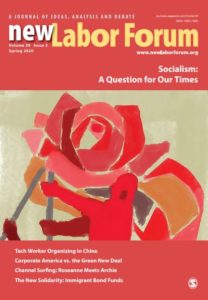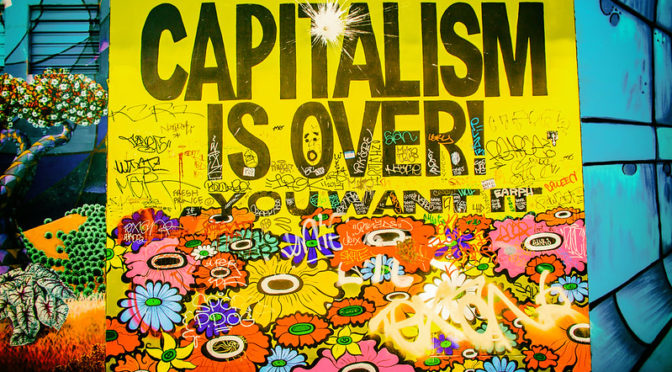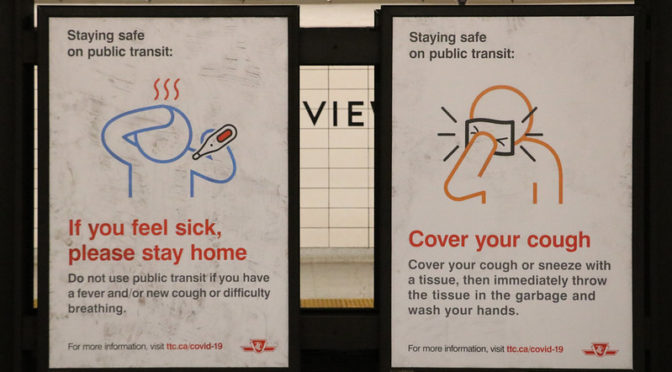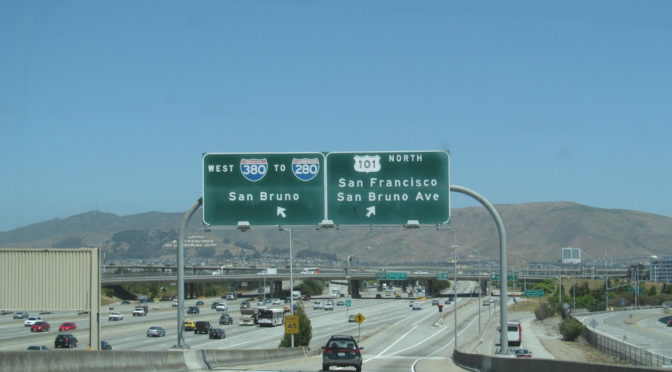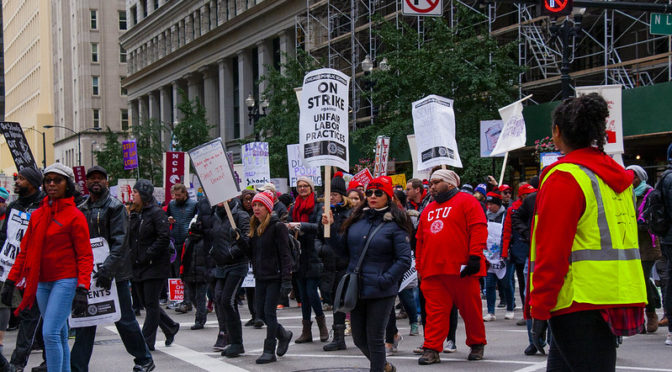The New Labor Forum has a monthly newsletter on current topics in labor, curated by the some of the most insightful scholars and activists in the labor world today. Check out some highlights from the latest edition below.
Two historically important strikes came to a close last week, as 49,000 GM workers returned to work after the longest national work stoppage against the automaker in half a century; and 25,000 teachers and 7,500 school employees headed back to Chicago schools after landmark gains in negotiations with the city. Part of a rising tide of victorious strikes during the past two years, these workplace actions represent advancements worth noting in both public and private sector bargaining.
With $8.1 billion in earnings at GM in 2018 and $1.5 million in annual salary going to chief executive Mary Barra, UAW members were hell-bent on sharing in the company’s reversal of fortune since the Great Recession. A primary bargaining concern for workers was to raise the abysmal wages at the low end of their multi-tier contract, which included both temporary workers and “in progression workers” hired after 2007. A hallmark divide and conquer tool of management, multi-tier wage scales sell out the unborn by establishing lower wages and benefits for new hires, thus undermining worker solidarity and, in effect, giving employers reason to target older, more expensive workers. Undoing a multi-tier contract, which is precisely what UAW members managed to do, requires a heightened level of worker solidarity, given the need to direct contract gains toward workers on the lower end, in this case roughly 37% of the GM workforce. This sort of egalitarianism, heightened solidarity, and militancy in the private sector, the core of our economy, bodes well for a labor movement struggling to revive itself.
The Chicago Teachers Union − a leader in experimentation with a promising new strategy called Bargaining for the Common Good − won major concessions last week from the city in the form of contract language that went well beyond traditional negotiations over wages and benefits. Putting the demands of their community-based allies on the bargaining table, the union won lower class sizes and guarantees that every school will employ a nurse and social worker, as well as 120 new counselors, restorative justice coordinators and librarians in the highest-need schools, and improved staffing in bilingual and special education. These demands, including an unmet bargaining demand for affordable housing, make the union an increasingly powerful voice in policy-level concerns that impact educational outcomes. The strategic advance of Bargaining for the Common Good in the public sector presents a dramatic advance in joining the interests of worker and tax-payers in securing well-funded, equitable, high quality public services. The CTU strike, joined by SEIU Local 73, points the way in that direction.
With this installment of the newsletter, we offer a New Labor Forum article by Jobs with Justice Executive Director Erica Smiley that assesses organized labor’s growing militancy and innovation during the last year. We also bring to your attention to new publication from Labor Notes , “How to Strike and Win ,” which seeks to encourage and inform the rising tide of strikes by providing analysis and resources for unions and workers contemplating how, why and when to use the strike weapon.
Table of Contents
- Crisis, Creativity, and a Labor Movement Revival / Erica Smiley, New Labor Forum
- How to Strike and Win/ Labor Notes, November 2019 Issue
Photo by Charles Edward Miller via flickr (cc-by-sa)
